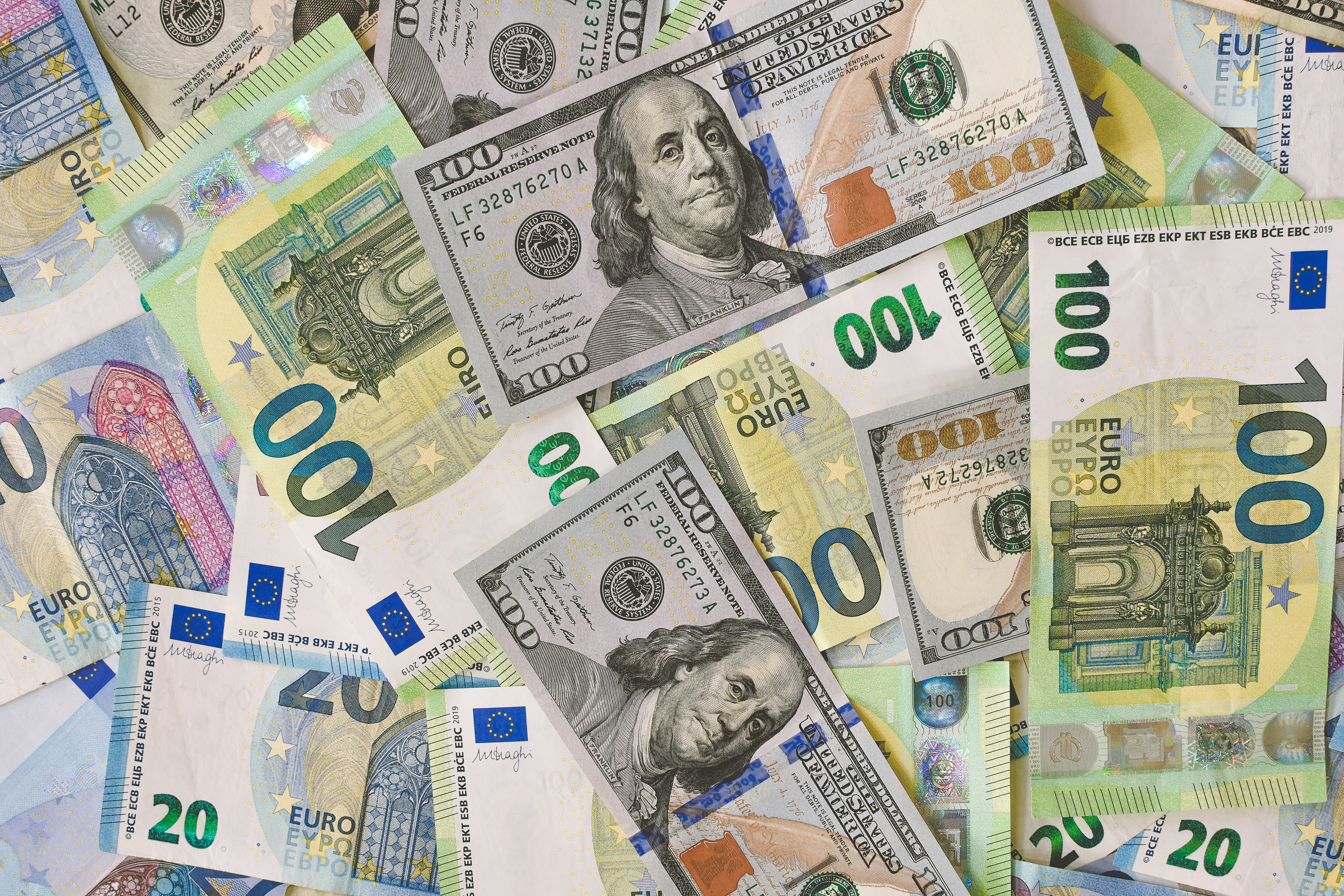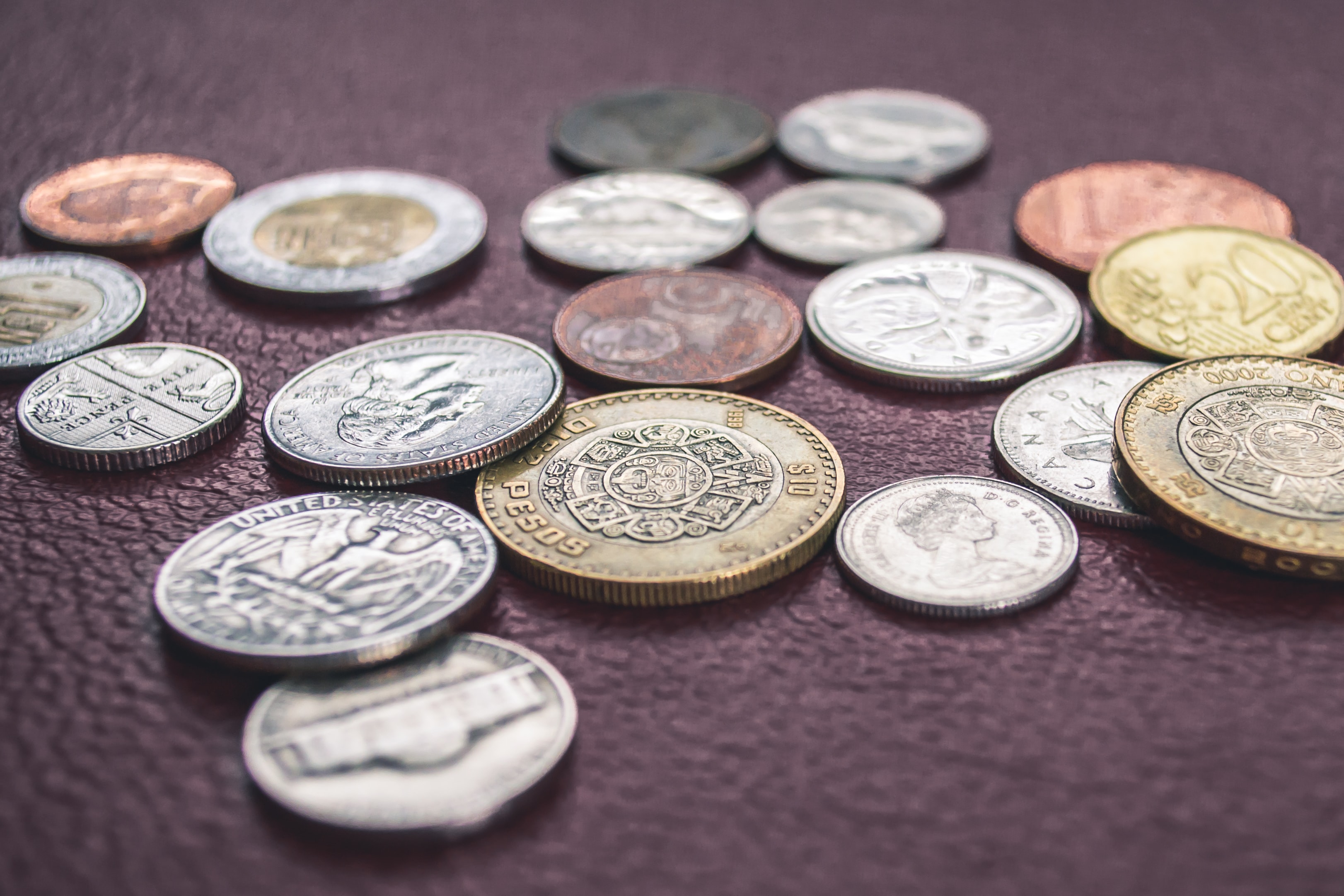The Reserve Bank of India's (RBI) weekly statistical supplement revealed on Friday that India's foreign exchange reserves increased to $544.72 billion in the week ending November 11, representing their largest weekly increase in more than a year.
By November 4, the nation's reserves stood at $529.99 billion. The RBI sold some of the reserves to prevent a significant decline in the rupee this year, so it is still less than the $630 billion it was at the beginning of the year. Which actually boosted the economic factors within Indian sovereignty. On a net basis, the Reserve Bank of India (RBI) sold foreign currency in September valued at $10.36 billion. According to the central bank, it spent $23.27 billion buying and $33.62 billion selling in the spot market. According to data made public, sales in September were 144 per cent greater than they were in August. In September, the rupee plunged from about 79.5 to over 81.5 to the dollar.

In October, it hit a record low of 83.29. Traders cited occasions in which the RBI intervened in the markets to reduce volatility during that time. According to the RBI, its net forward dollar holdings as of the end of September were $10.42 billion, down from $20.16 billion at the end of August.
In a recent $8 billion foreign currency purchase, the central bank met the growing worldwide demand for local growth assets. As a result, in the week ending November 11, the foreign exchange stockpile rose by a record $14.7 billion, marking its greatest weekly increase in history.
The reserves increased by $16.7 billion in the week that ended on August 27, 2021, however, this increase included $12.6 billion in one-time IMF support for Covid's reorganization.
"Select investment flows to corporates in India, coupled with a falling dollar index, triggered this surge in forex reserves," said Bhaskar Panda, executive V-P, HDFC Bank. "Excess flows were sterilised, which helped shore up the depleting forex reserves. Such a move should help the rupee gain stability." Forex reserves, including gold and special drawing rights (SDR) of the IMF, are at $544.8 billion as of November 11.

Hard currency assets increased in value by $11.8 billion, but gold increased in value by $2.6 billion. When we did our investigation, we discovered that the central bank's dollar purchases from the market were responsible for the dollar equivalent of almost Rs 32,000 crore, or $4 billion, of the increase. Revaluation of the reserves' non-dollar assets could have boosted the stockpile as the dollar index declined during the past several weeks. The limited appreciation of the rupee against the US dollar is another sign that the RBI actively purchased dollars. In comparison to gains of 9.2% for the dollar, South Korea won 6.7% for the Thai Baht, and between October 21 and November 11, the rupee increased by 2.3%.
According to Kotak Securities currency expert Anindya Banerjee, "the rupee did not gain as much as its Asian or EM counterparts in the recent several weeks with the declining dollar Index." "The central bank made a smart choice by doing this. India is now better equipped to handle any upcoming currency crises." According to the most recent RBI data, in order to maintain the stability of the rupee, the RBI sold a net of $10.3 billion in the spot market and an additional $9.7 billion in the forwards market in September. However, once the central bank began to purchase dollars from the market in October, the trend is likely to turn around. Additionally, the recent drop in the price of commodities and crude oil could temper dollar demand. monthly inflation as of last month.
© Vygr Media Private Limited 2022. All Rights Reserved.

























